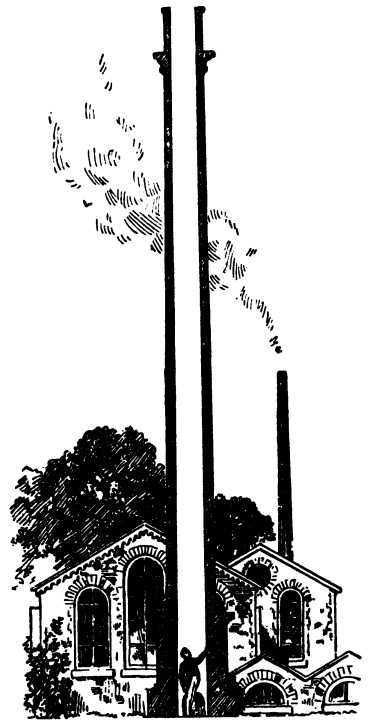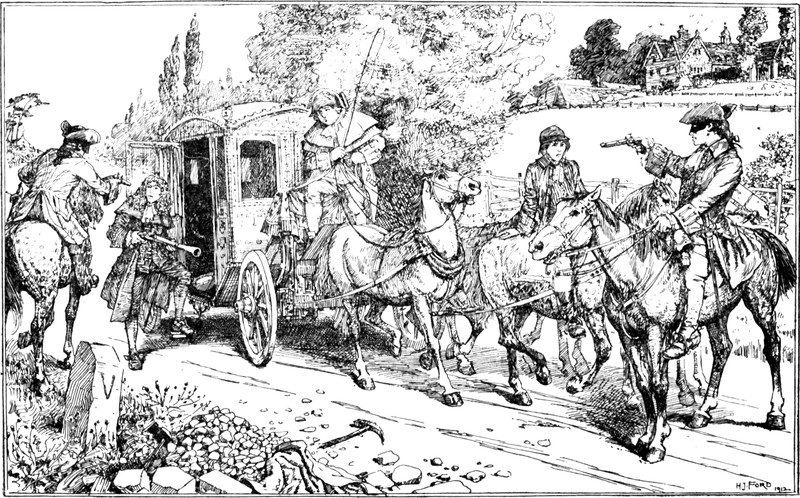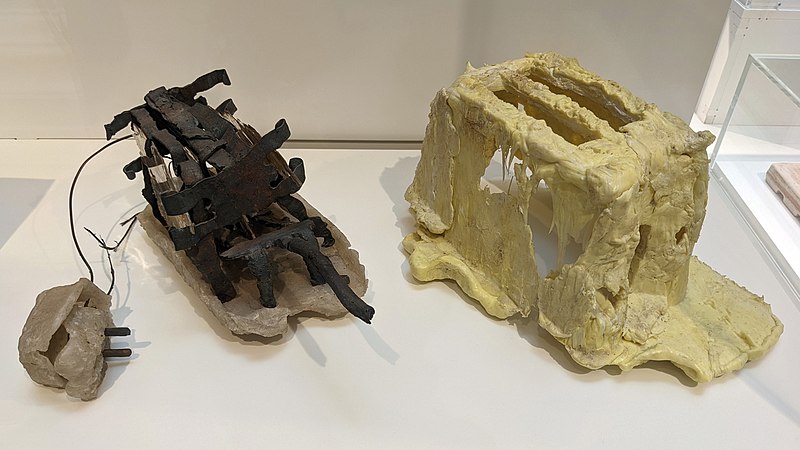
It is true we do not often see the stars in broad daylight, but they are there nevertheless. The blaze of sunlight makes them invisible. A good telescope will always show the stars, and even without a telescope they can sometimes be seen in daylight in rather an odd way. If you can obtain a glimpse of the blue sky on a fine day from the bottom of a coal pit, stars are often visible. The top of the shaft is, however, generally obstructed by the machinery for hoisting up the coal, but the stars may be seen occasionally through the tall chimney attached to a chimney manufactory when an opportune disuse of the chimney permits of the observation being made. The fact is that the long tube has the effect of completely screening from the eye the direct light of the sun. The eye thus becomes more sensitive, and the feeble light from the stars can make their impression and produce vision.
— Robert Stawell Ball, Star-Land, 1890
01/17/2025 UPDATE: This is false. Reader Catalin Voinescu writes, “The stars aren’t obscured by the glare of the sun in the vicinity of the observer. That is easy to shield from. Starlight is overwhelmed by sunlight scattered by the bulk of the atmosphere — by the sky, in other words. While shorter wavelengths scatter more (which is why the sky appears blue), filtering out the blue is still not enough to make the stars visible during the day: red still scatters plenty. Only in wavelengths much longer than visible light is the scattering low enough to observe the stars: radio astronomers can make observations during the day, as long as they don’t point their dishes too close to the sun.” (Thanks, Catalin.)


